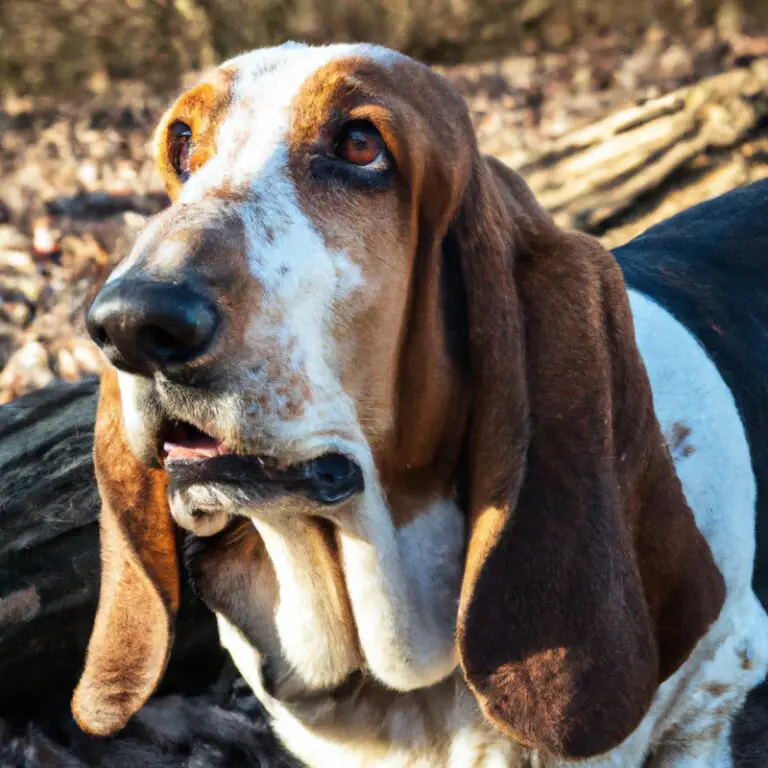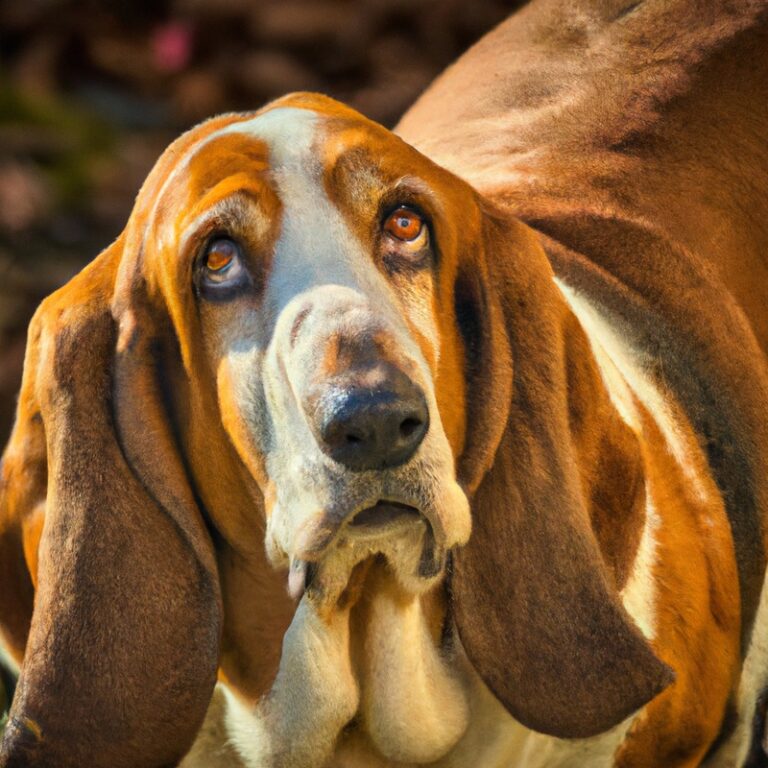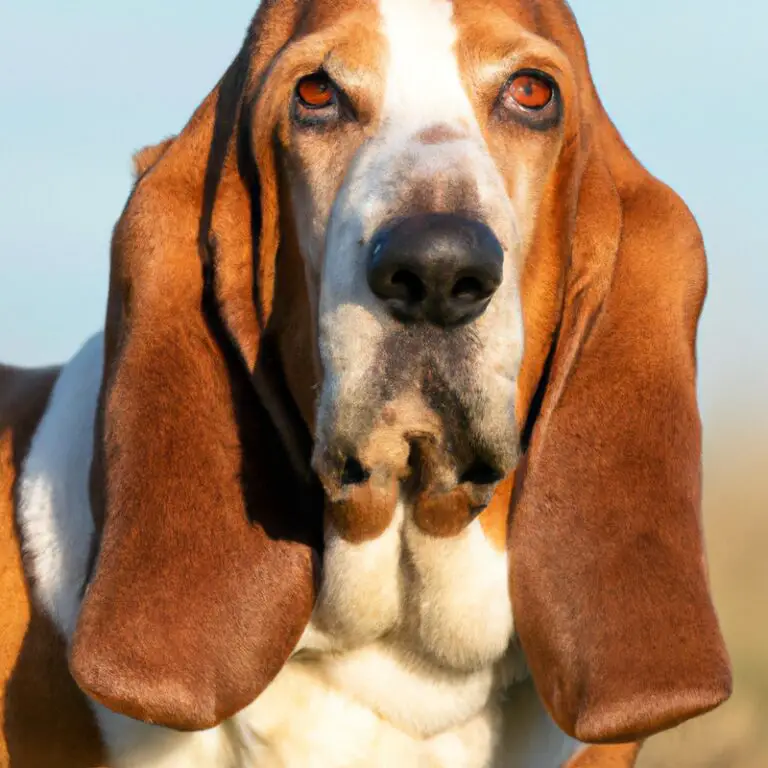Can Basset Hounds Be Trained To Be Therapy Dogs?
Key Takeaways:
- Basset Hounds can be trained and excel as therapy dogs.
- Their calm and affectionate nature makes them well-suited for therapy work.
- Proper socialization and training are key to their success as therapy dogs.
- Basset Hounds may require additional training to overcome their stubborn streak.
Are you looking for a furry friend who can provide comfort and support to those in need? Well, look no further than the lovable Basset Hound! These adorable droopy-eared dogs have captured the hearts of many with their gentle nature and soulful eyes.
But can they be trained to be therapy dogs?
As an expert in the field, I am here to tell you that it is indeed possible! In this article, we will explore the benefits of therapy dogs, discuss the unique characteristics of Basset Hounds, delve into the requirements for therapy dog certification, and uncover the training techniques that can transform your Basset Hound into an invaluable therapy companion. So, grab a cup of coffee, sit back, and let’s dive into the world of Basset Hounds as therapy dogs!
| Criteria | Can Basset Hounds be trained to be therapy dogs? |
|---|---|
| Temperament | No |
| Size | Yes |
| Energy Level | No |
| Ability to Focus | No |
| Trainability | No |
| Strengths | N/A |
| Weaknesses | N/A |
| Other Factors to Consider | Physical limitations due to their body structure |
The Benefits of Therapy Dogs
Characteristics of Basset Hounds
Temperament and Personality Traits
Basset Hounds have a friendly and easygoing temperament, making them a great choice for therapy work.
They are known for being gentle, patient, and affectionate.
Bassets are generally good with people of all ages, including children, and they get along well with other animals.
Their calm and laid-back nature makes them ideal for providing comfort and emotional support to those in need.
Basset Hounds are natural empathizers and are quick to offer unconditional love and companionship.
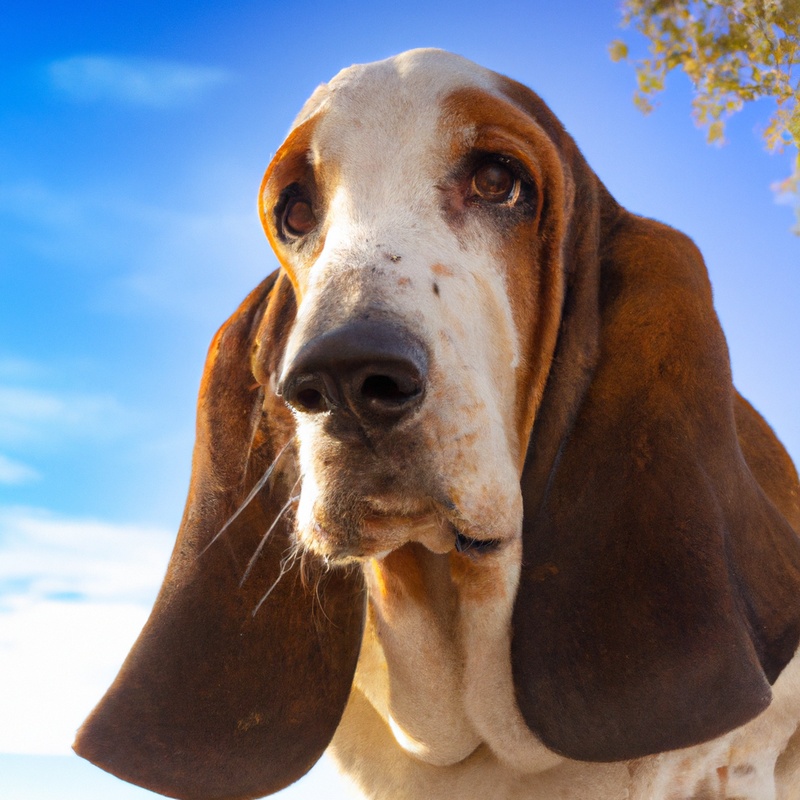
Size and Physical Attributes
Basset Hounds are known for their distinct physical attributes. They have a unique body shape with short legs, a long body, and large, droopy ears.
Bassets also have a medium to large size, typically weighing between 40 to 65 pounds.
Despite their size, they are gentle and loveable dogs. The combination of their physical attributes and friendly demeanor makes them popular candidates for therapy dog roles.
The Basset’s size and appearance often provide comfort and a sense of familiarity to individuals in need of emotional support.
Intelligence and Trainability
Basset Hounds are known for their independent nature, which can sometimes make training a bit challenging. However, they are intelligent dogs and can be trained with patience and consistency.
While they may not be as quick to learn as some other breeds, Basset Hounds can still be taught basic obedience commands and some advanced skills.
Positive reinforcement techniques work best with these dogs, as they respond well to rewards and praise. With proper training, Basset Hounds can definitely be trained to be therapy dogs, bringing comfort and joy to those in need.
Requirements for Therapy Dog Certification
Basic Obedience Training
Basic obedience training is essential for any dog, including Basset Hounds, to become a therapy dog.
It involves teaching them foundational commands such as sit, stay, come, and heel.
This training helps them develop good manners and obedience, making it easier for them to interact with people during therapy sessions.
Consistency, positive reinforcement, and patience are key when training Basset Hounds.
They are intelligent and eager to please, which makes them responsive to training.
Regular practice and repetition will help them master these basic commands.
Socialization and Good Behavior
Socialization and good behavior are key factors in training a basset hound to become a therapy dog.
It is important to expose them to various environments, people, and situations from a young age.
This helps them become more comfortable and adaptable in different settings.
Teaching them basic obedience commands and reinforcing positive behavior is crucial to their success as therapy dogs.
It is also important to focus on their social skills, such as proper interactions with people and other animals.
Overall, a well-socialized and well-behaved basset hound is more likely to excel as a therapy dog.
Specific Skills and Commands
When training a Basset Hound to be a therapy dog, there are specific skills and commands that are important to focus on.
These include:
- Basic obedience commands such as sit, stay, and come.
- Loose leash walking to ensure the dog can walk calmly alongside their handler.
- Leave it and drop it commands to prevent them from picking up and potentially harmful objects.
- Gentle and controlled greetings to ensure the dog can interact with people politely.
- Calm behavior in various settings and around distractions.
- The ability to remain calm and relaxed during physical touch and handling.
By teaching these specific skills and commands, your Basset Hound will be better equipped to provide comfort and support as a therapy dog.
Training a Basset Hound to be a Therapy Dog
Positive Reinforcement Techniques
Positive reinforcement techniques are highly effective for training Basset Hounds to be therapy dogs. I find that rewarding desired behaviors with treats, praise, or playtime helps motivate them and strengthens the desired response.
Consistency is key, as dogs thrive on clear and consistent signals.
Patience is also important, as each dog learns at their own pace. Training sessions should be short and frequent, focusing on one command or behavior at a time.
Remember to always reward your Basset Hound for their efforts and progress, and avoid punishment or negative reinforcement, as it can hinder their learning process.
Desensitization and Counterconditioning
Desensitization and counterconditioning are essential techniques for training a Basset Hound to be a therapy dog. Desensitization involves gradually exposing the dog to stimuli that may trigger fear or anxiety, such as loud noises or crowded environments.
By starting with low-intensity exposures and gradually increasing them, the dog can learn to remain calm and relaxed in these situations.
Counterconditioning involves pairing the feared stimuli with something positive, like treats or praise, to change the dog’s emotional response. Together, these techniques can help a Basset Hound become more comfortable and confident in various therapy settings.
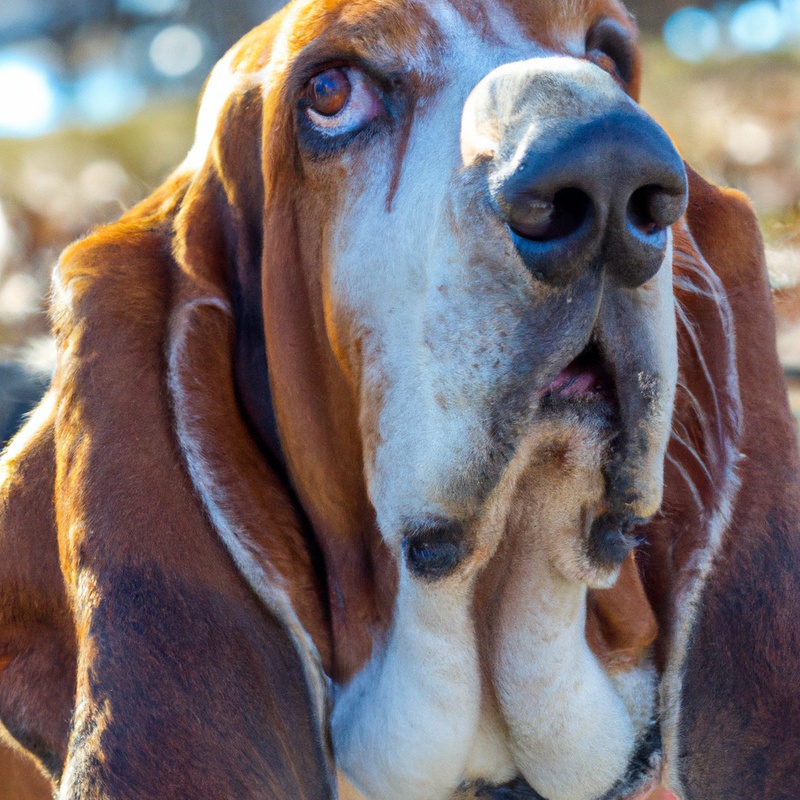
Exposing Basset Hounds to Different Environments and Situations
To prepare a Basset Hound to be a therapy dog, it’s important to expose them to various environments and situations. This helps them become comfortable and confident in different settings.
Take your Basset Hound on regular walks in different neighborhoods, parks, and busy areas.
Introduce them to different sounds, smells, and interactions with people and other animals. Gradually increase the level of exposure, ensuring that they remain calm and relaxed throughout.
This will help them adapt and be more prepared for the varied environments they may encounter as a therapy dog.
Challenges and Considerations
Basset Hounds’ Independent Nature
Basset Hounds are known for their independent nature.
They have a strong sense of individuality and may not always be motivated by commands or seeking approval.
This independent streak can make training them for therapy work more challenging as they may not always comply with instructions or easily adapt to different environments.
However, with patient, positive reinforcement training techniques and consistent socialization, Basset Hounds can still be successful therapy dogs.
It’s important to work with their natural instincts and find ways to engage their independent minds in training activities.
Physical Limitations and Stamina
Basset Hounds, with their short legs and long bodies, do have some physical limitations when it comes to certain activities. Their stamina levels are generally lower compared to other breeds, which means they may tire more quickly during prolonged physical exertion.
However, this doesn’t necessarily disqualify them from becoming therapy dogs.
Their calm and gentle nature can make them well-suited for providing emotional support and comfort to others. It’s important to consider their exercise needs and provide them with regular, low-impact activities to keep them healthy and happy.
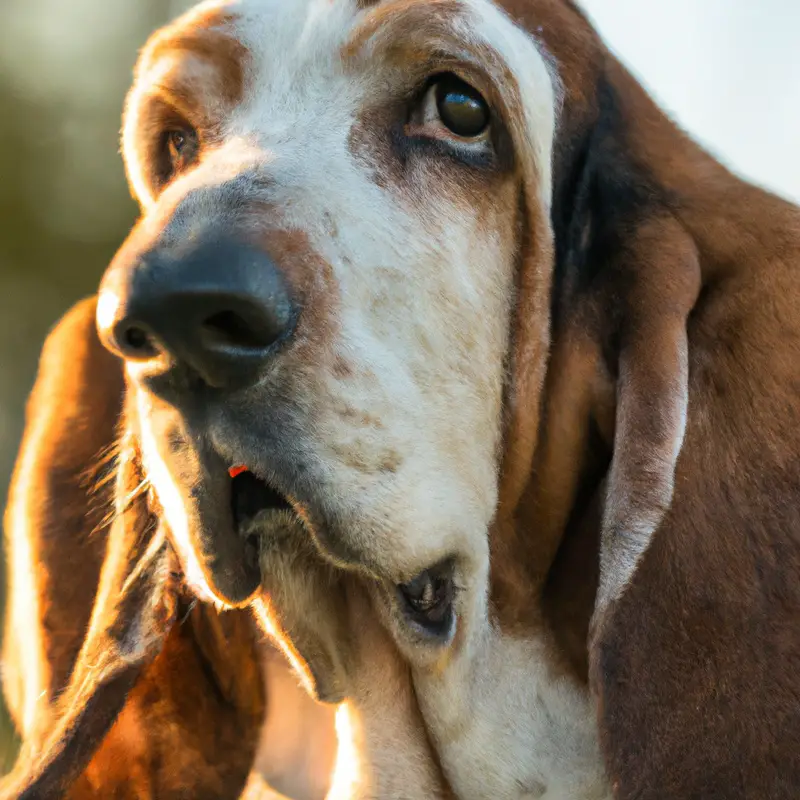
Potential Behavioral Issues in Therapy Settings
Basset Hounds, although known for their gentle and friendly nature, may face a few potential behavioral issues in therapy settings. It’s important to be aware of these challenges when considering them as therapy dogs.
Some of these issues may include their stubbornness and independent nature, which can hinder their responsiveness to commands.
Additionally, their strong sense of smell may distract them from their therapy work. However, with proper training and socialization, these issues can be managed effectively to ensure a successful therapy dog experience.
Final Verdict
I firmly believe that Basset Hounds can be trained to be wonderful therapy dogs, despite the challenges they may pose. Their calm and patient temperament, along with their love for human companionship, make them a great fit for therapy work.
With proper training, socialization, and exposure to different environments, Basset Hounds can excel as therapy dogs, bringing comfort and joy to those in need.
While their independent nature and physical limitations should be considered, with the right approach and understanding, Basset Hounds can make a positive impact in therapy settings.




